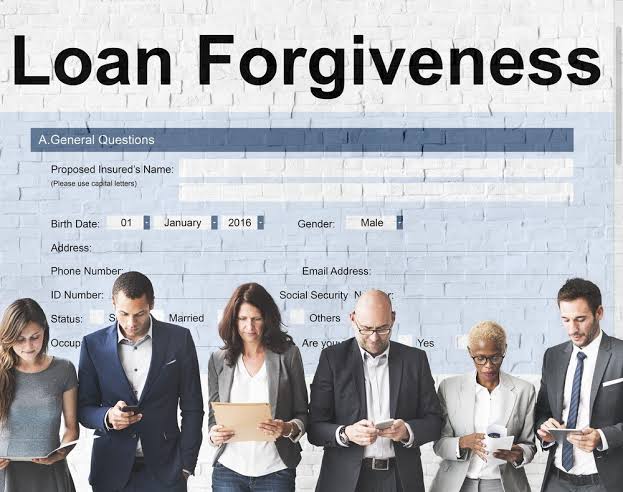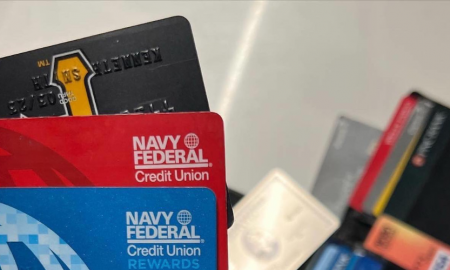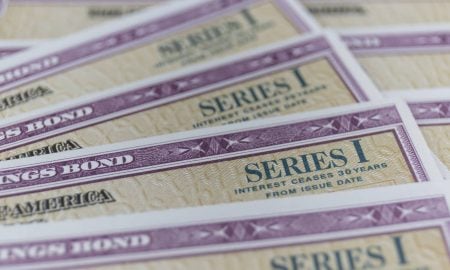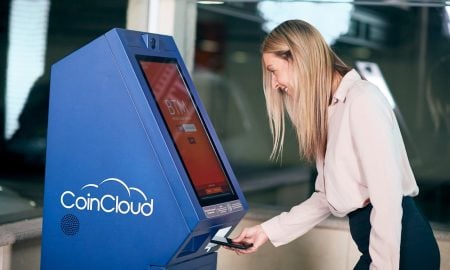
Only 96 People Were Approved For The Public Service Loan Forgiveness — Here’s Why

For years now, Americans have been struggling to keep up with their debts especially a particular loan that they have to pay off or else they would not have a bright future. That particular loan is the student loan that allows them to study whatever they want in college and worry about paying for it once they graduate. This is one thing 70 percent of college students have in common, and an average student loan borrower has about $30,000 in student loans which is a massive increase compared to 13 years ago based on a report by CNBC.
The Federal Reserve also revealed that for the past couple of years, the monthly payment for student loans have increased and it is now currently on $393 a month compared to the $227 a month in 2005. This is also one of the main reasons why more and more people are trying their chances on the government program called The Public Service Loan Forgiveness or the PSLF. However, since only a few gets lucky people some think that this is program does not really exist and it is just a way of the government to get the public’s trust. This issue was silenced when less than a hundred borrowers were given a chance to have be their loans forgiven last June.

It was recently reported that only 96 borrowers chosen to have their loans forgiven under the Public Service Loan Forgiveness as of June 2018
Understanding Public Service Loan Forgiveness
It is perfectly understandable for people to be skeptical about this program since only a few get it. This program was made under the College Cost Reduction and Access Act of 2007 or the CCRAA which was signed by former President George W. Bush and its goal is to basically aid professionals by dissolving their federal student debts by working in public service but they have to work full-time.
30,000 Americans applied for the federal student loan and the Department of Education of the United States released only 96 approved applications. Those who have been approved will now be forgiven for their remaining balance of loans once they have fulfilled the 120-month payments by being a full-time employee in the government or a non-profit organization. Since it takes 10 years to fulfill, its eligibility became official last year and only those 96 Americans will feel the relief.
There are thousands who worked in the public service industry for a decade now with the hopes of getting approved but they later found out that they didn’t qualify. This led to thousands of people becoming skeptical because out of thousands of people only less than a hundred were forgiven even if most people were qualified as well.
Important Facts Most People Don’t Know
The government website for student aid makes it pretty clear what exactly do you have to do to qualify for the Public Service Loan Forgiveness. First and foremost you must be qualified to work as a full-time public servant or working 30 hours a week for the government or any other non-profit organization for 10 years but be mindful with the exceptions. Within that 120 months, you must pay on-time with the income-driven repayment plan.

As of this year, 44 million Americans are now in more than $1.48 trillion student loan debt and it is $620 billion more than the credit card debt the country has.
So far, there are only over 739,000 Americans who are under the Public Service Loan Forgiveness
Keep in mind that this only covers federal loans and it does not include any other sort of loan once you have been chosen. Also, the rules can are very strict and this particular one is what most people failed to accomplish.
That is because most of them did not know that if you miss a payment or that if you ever decided to switch jobs, you must start from the beginning or back to zero, although the qualifying payments do not have to be consecutive. Anyone who wishes to be qualified also cannot just apply for a job as a public servant out of nowhere, you must be enrolled in an income-based repayment plan such as the income-contingent repayment, the income-based repayment, pay-as-you-earn repayment, or the revised pay-as-you-earn repayment.
More in Business
-
Ashton Kutcher’s Lucrative Business Ventures
Ashton Kutcher, a name that resonates with the silver screen’s allure, has emerged as a master of diverse talents, not confined...
December 8, 2023 -
Why American Consumers Are Falling Behind on COVID-Era Debt
When the world was grappling with the health crisis brought on by COVID-19, the U.S. economy faced an equally formidable challenge:...
November 27, 2023 -
Dr Dre and Ex-Wife Nicole Young Finalise $100m Divorce Settlement
After months of legal proceedings, Dr Dre, the legendary rapper, producer, and businessman, officially brought his tumultuous divorce from ex-wife Nicole...
November 22, 2023 -
5 Tell-Tale Signs That It Is Time to Say Goodbye to Your Current Job
Are you feeling like your job is more like a ball and chain than a fulfilling career? The daily grind, the...
November 19, 2023 -
WWE Signs $1.4 Billion Broadcasting Contract for SmackDown
In an explosive turn of events, World Wrestling Entertainment (WWE) has just unleashed some earth-shattering news for its legions of fans....
November 9, 2023 -
Navigating the Mortgage Maze as Interest Rates Take a Historic Leap
The U.S. housing market is nothing short of a dynamic entity. It evolves, reacts, and sometimes, just like the current real-estate...
November 3, 2023 -
Celebrity Couples Where the Woman Has a Higher Net Worth
In a world where gender roles and financial dynamics constantly shift, it’s not unusual to find celebrity couples where the woman...
October 27, 2023 -
Why the Gender Pay Gap Could Be Worsening
Picture this: Two college students, Alex and Charlie. Both are bright, have the same interests, and are ready to embrace the...
October 19, 2023 -
JC Penney’s Remarkable $1 Billion Revival Plan
In a remarkable turnaround, JC Penney unveiled a bold $1 billion revival plan, breathing new life into a brand that faced...
October 12, 2023















You must be logged in to post a comment Login